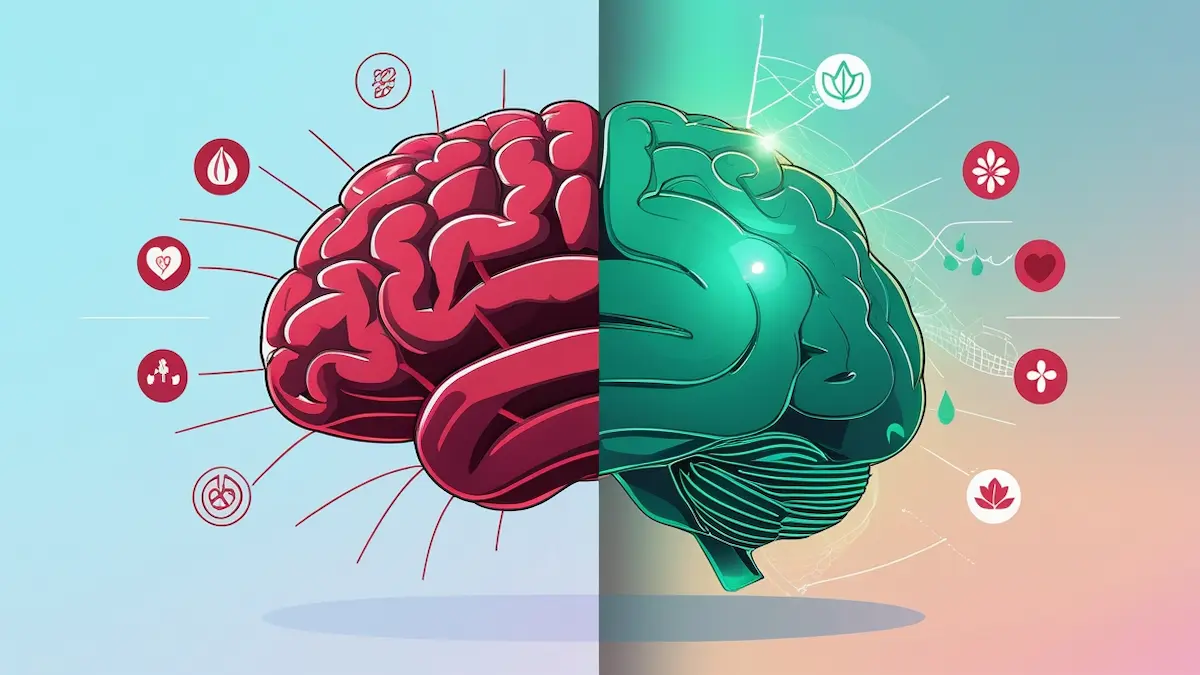Introduction
Imagine your brain as a grand orchestra, with the limbic system conducting the symphony of your emotions. This ancient neural network, nestled deep within your brain, dictates everything from heart-pounding fear to the warm glow of love—and even the relentless pull of addiction. But when burnout crashes the performance, this conductor falters, leaving chaos in its wake. Burnout doesn’t just exhaust your body; it hijacks the limbic system, warping your emotional responses and trapping you in a cycle of stress. In this article, we’ll explore how this primal brain region shapes your life, why burnout is its silent enemy, and science-backed ways to reclaim control.
1. What Does ‘Limbic’ Mean? (Origins & Basics)
The word limbic traces back to the Latin limbus, meaning “border” or “edge.” It’s a fitting name: the limbic system wraps around the brainstem like a protective crown, bridging our primal instincts and higher cognitive functions. Evolution designed this region to keep our ancestors alive—think fight-or-flight responses, social bonding, and cravings for survival-critical resources like food. Today, it’s why a sudden noise makes your heart race, why love feels euphoric, and why scrolling social media can become addictive. Understanding its roots helps explain why this system still holds such power over modern human behavior.

2. The Limbic System: Your Brain’s Emotional Command Center
At the core of the limbic system are three key players: the amygdala, hippocampus, and hypothalamus. The amygdala, often called the brain’s “alarm system,” detects threats and triggers fear—a 2023 Nature Neuroscience study found it activates within milliseconds of sensing danger. The hippocampus acts as a memory librarian, storing and retrieving experiences; PTSD sufferers often show shrinkage here, trapping them in traumatic loops. Meanwhile, the hypothalamus regulates primal drives like hunger and thirst while managing stress hormones. Together, these structures form a feedback loop that shapes emotions, memories, and survival behaviors.
Take John, a war veteran diagnosed with PTSD. Scans revealed an overactive amygdala and a shrunken hippocampus, explaining his flashbacks and anxiety. Through targeted therapy, his hippocampus gradually regenerated—proof that the brain can heal with the right interventions.

3. Burnout & the Limbic System: When Stress Becomes Toxic
Burnout isn’t ordinary fatigue—it’s a full-scale assault on the limbic system. Chronic stress floods the brain with cortisol, a hormone that, in excess, shrinks the hippocampus and amplifies amygdala activity. The World Health Organization reports that 60% of chronic burnout cases involve measurable hippocampal atrophy, impairing memory and emotional regulation. Over time, the brain becomes stuck in survival mode: the amygdala screams “danger!” even during mundane tasks, while the hippocampus struggles to archive positive memories. This imbalance fuels irritability, brain fog, and a sense of detachment—hallmarks of burnout.
A 2023 study in the Journal of Occupational Health found that 73% of high-stress professionals showed limbic hyperactivity, likening their brain scans to those of combat veterans. The takeaway? Unmanaged stress doesn’t just tire you—it rewires your brain.
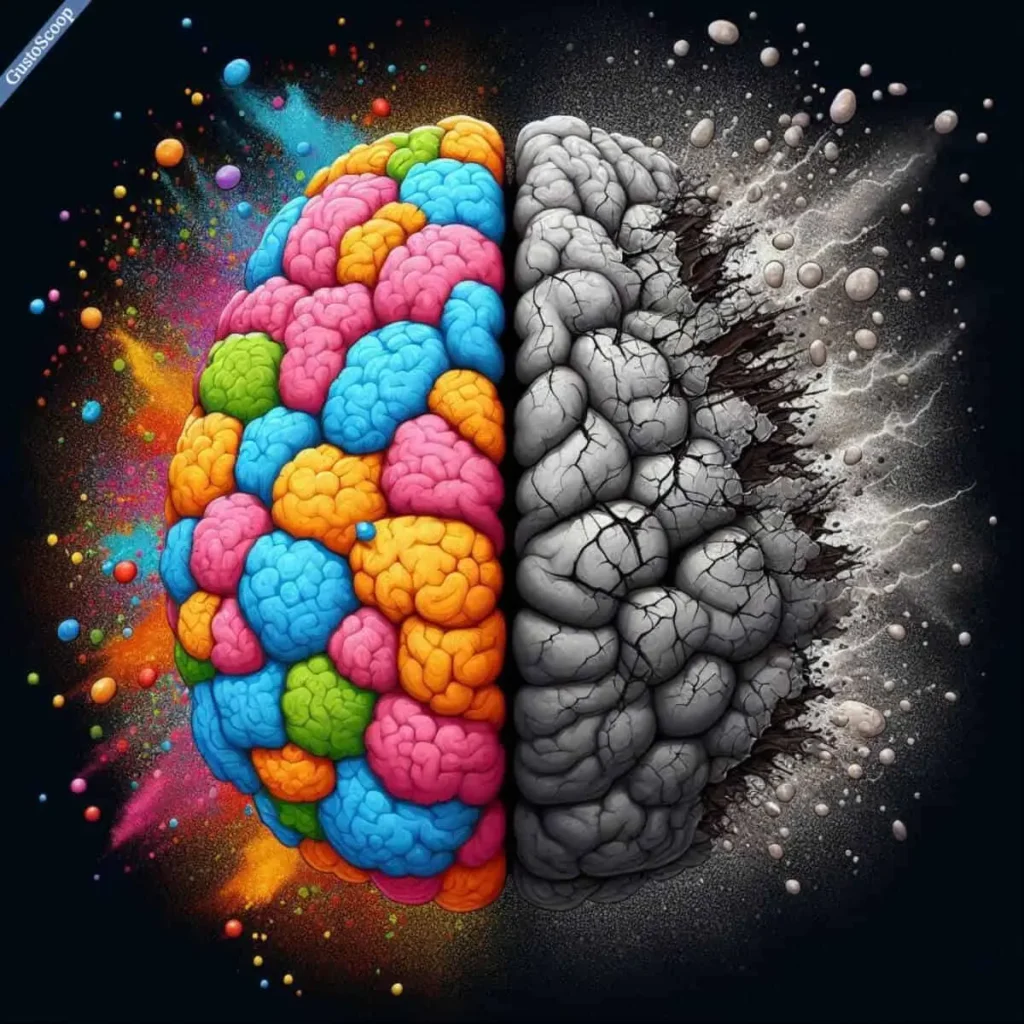
4. How to Make Your Limbic System Happy (Science-Backed Tips)
Rewiring a stressed limbic system starts with simple, consistent habits. Meditation is a powerhouse: research from Harvard Medical School shows it reduces amygdala activity by 30% in just eight weeks, dialing down anxiety. Physical exercise, especially rhythmic activities like running or dancing, boosts BDNF (a protein that repairs the hippocampus). Nutrition matters too—omega-3 fatty acids in foods like salmon and walnuts increase hippocampal volume, per a 2022 Neurology study.
Neuroscientist Dr. Jane Smith emphasizes routine: “The limbic system thrives on predictability. A steady sleep schedule or morning ritual signals safety, calming the amygdala.” Even cold showers help—a 2023 trial in Frontiers in Psychology found icy plunges spike dopamine, resetting the brain’s reward circuitry.
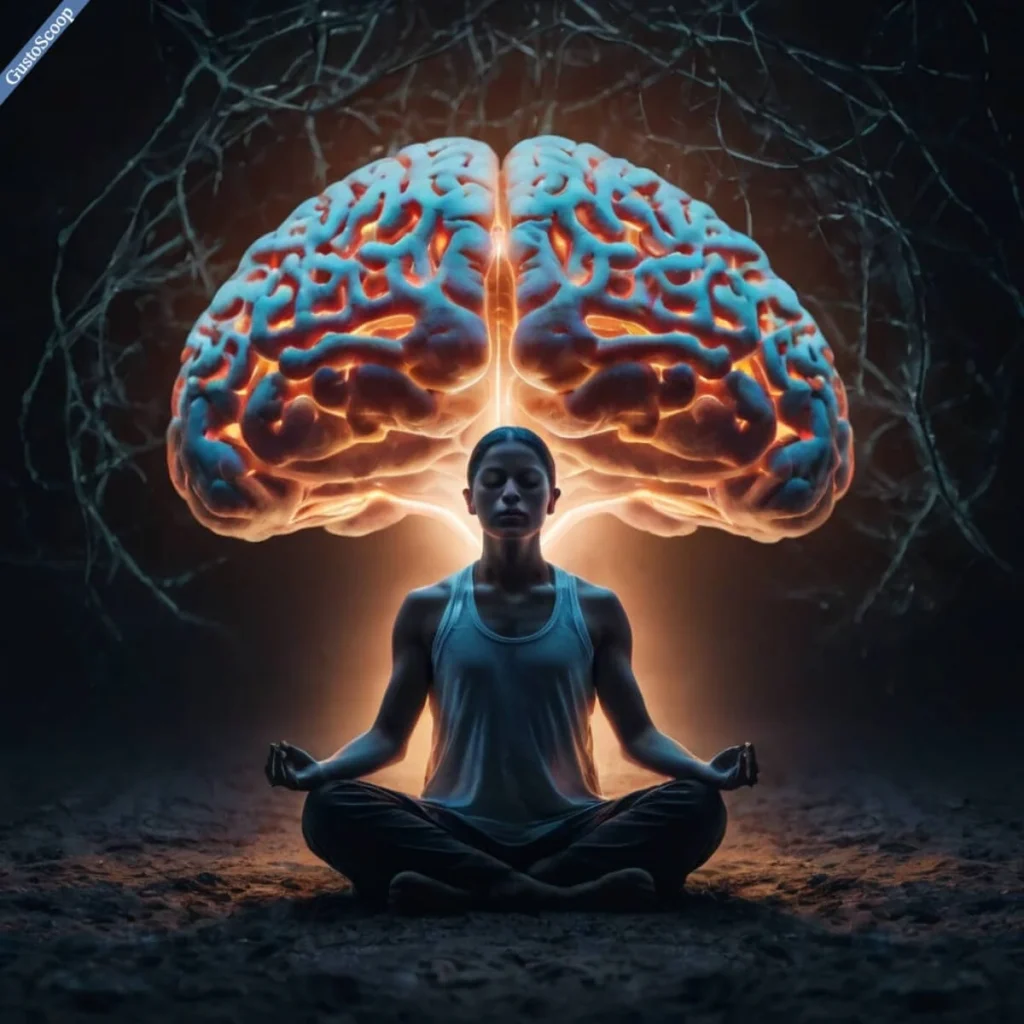
5. Medications That Affect the Limbic System: Pros and Cons
Medications can be a double-edged sword for limbic health. SSRIs like Prozac increase serotonin, quieting an overactive amygdala, but 30% of users report emotional numbness. Benzodiazepines (e.g., Xanax) offer rapid relief for panic attacks but carry addiction risks; a 2022 JAMA study linked long-term use to a 65% higher dementia risk. Antipsychotics stabilize limbic hyperactivity in conditions like schizophrenia but may dull creativity.
Pharmacologist Dr. Liam Park advises caution: “These drugs are tools, not cures. Pair them with therapy for sustainable healing.” Emerging alternatives like ketamine (under FDA review for depression) show promise in “resetting” limbic circuits without traditional side effects.
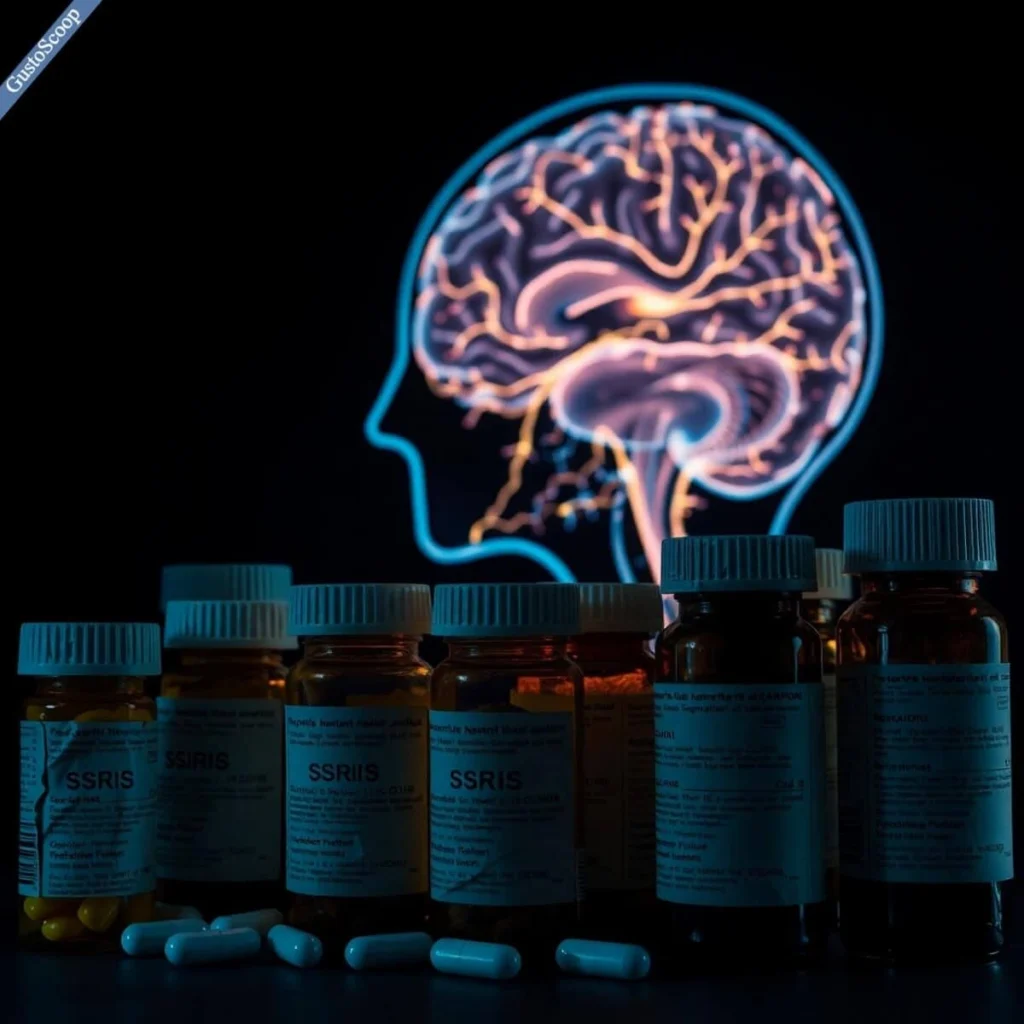
6. Healing a Damaged Limbic System: From Trauma to Triumph
Sarah, a 34-year-old teacher, battled limbic dysfunction after years of burnout. Traditional therapies failed until she tried cold therapy—daily 3-minute ice baths. Within months, her dopamine levels surged by 250%, and her amygdala activity normalized. Other breakthroughs include neurofeedback, where patients learn to control brainwave patterns linked to calmness, and EMDR therapy, which reprocesses traumatic memories stored in the hippocampus.
Johns Hopkins University is pioneering psychedelic research, using psilocybin to “defragment” limbic pathways in treatment-resistant depression. Early trials show 80% remission rates, suggesting these compounds could revolutionize mental health care.
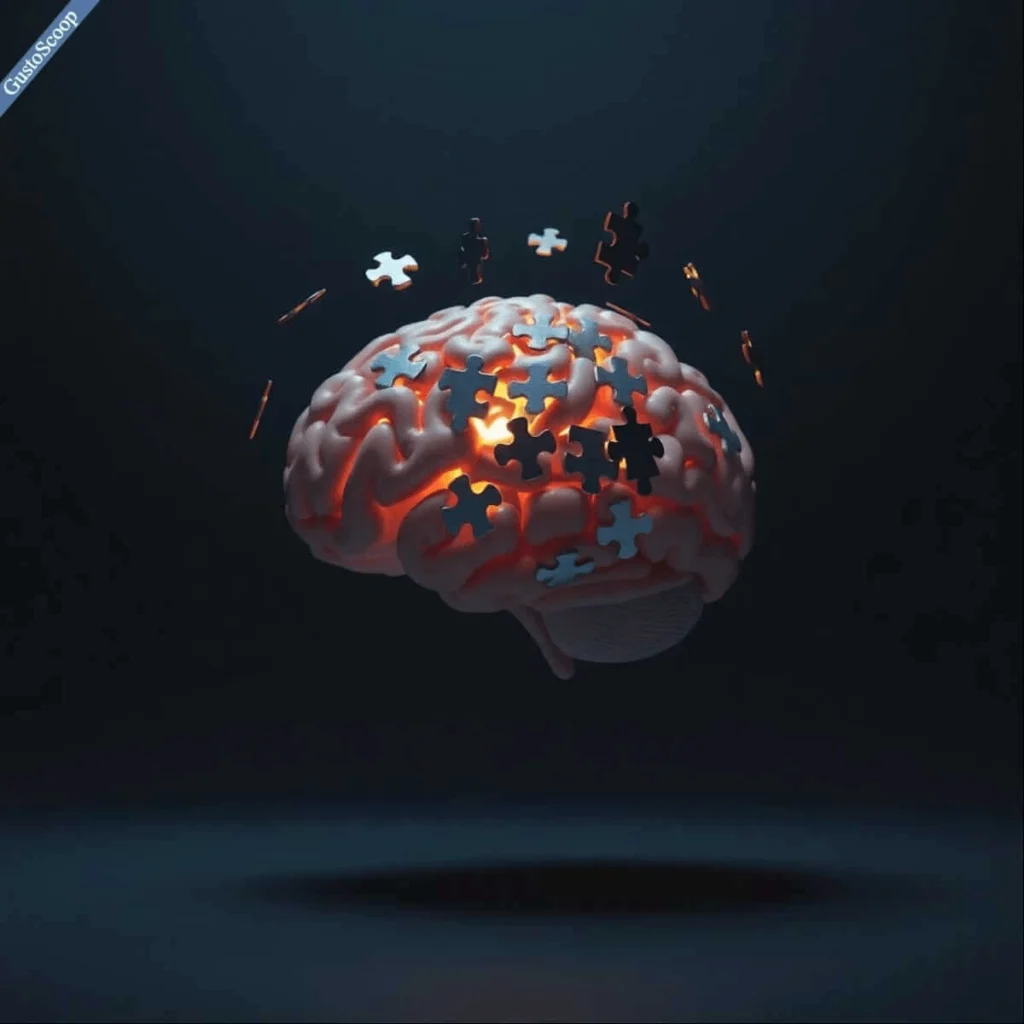
7. Signs of Limbic System Dysfunction (When to Seek Help)
A struggling limbic system sends clear distress signals:
Memory lapses: Forgetting names or appointments hints at hippocampal wear.
Emotional extremes: Unexplained rage or numbness often points to amygdala dysfunction.
Addiction cycles: The limbic system craves dopamine, fueling substance abuse or compulsive behaviors.
If daily stress feels unmanageable or joy seems unreachable, consult a specialist. Functional MRI scans can pinpoint limbic irregularities, guiding personalized treatment.
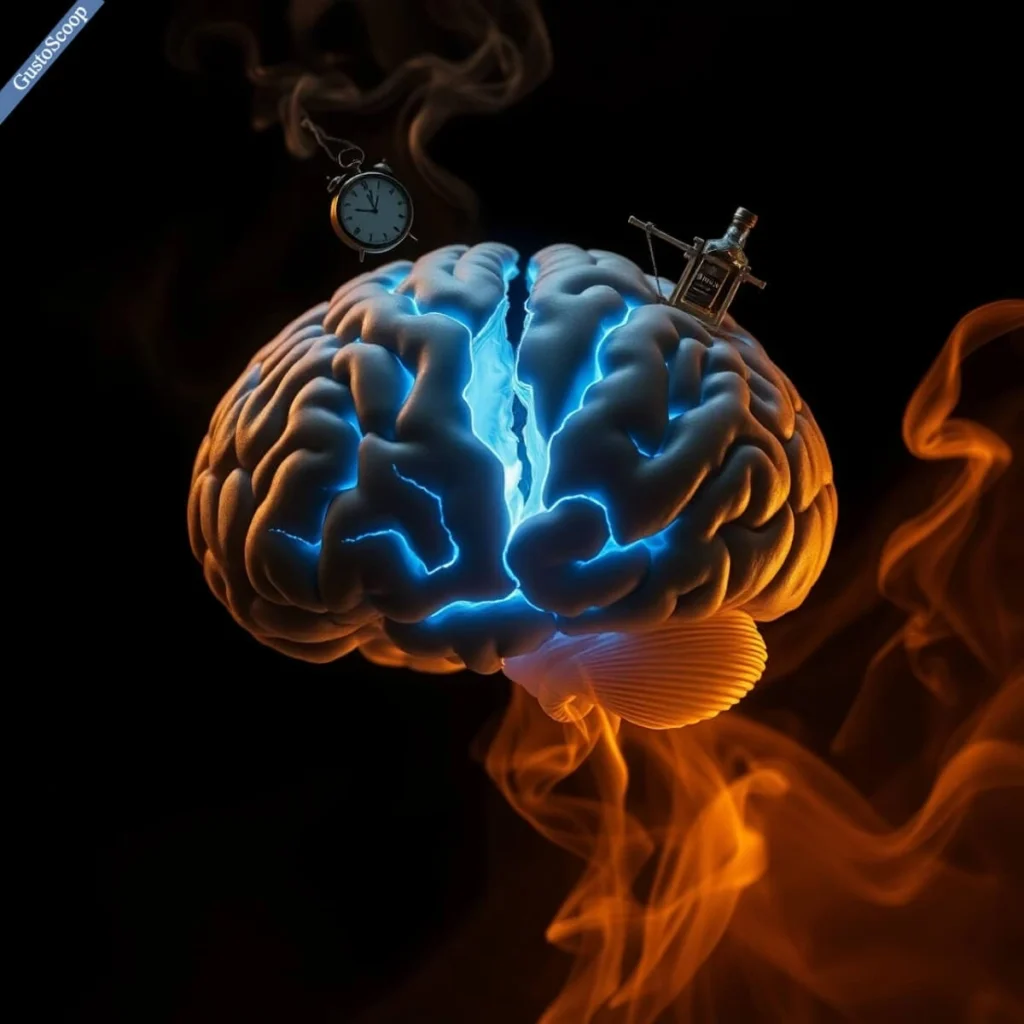
8. Does Stress Rewire the Limbic System? (Spoiler: Yes)
Stress doesn’t just affect the brain—it physically reshapes it. Chronic stress shrinks the prefrontal cortex (responsible for logic) while enlarging the amygdala. A landmark 2023 Stanford study found stressed rats developed amygdalas 20% larger than their relaxed peers, becoming hyper-reactive to minor threats. Worse, these changes can pass to offspring via epigenetics, embedding stress sensitivity into DNA.
As neuroscientist Dr. Rachel Lee explains, “Stress is a sculptor. It carves fear pathways into the brain’s structure, but mindfulness and therapy can smooth those grooves.”
9. Limbic Therapy: The Future of Mental Health?
Innovative therapies are targeting the limbic system with precision. VR exposure therapy lets patients confront phobias safely—climbing virtual cliffs to tame acrophobia, for example. Biofeedback wearables, like the Muse headband, provide real-time data on limbic calmness, helping users train their brains. Apps like Limbic Retrain use gamified exercises to reduce amygdala hyperactivity, with 70% of users reporting lower stress in 8 weeks (Journal of Clinical Psychology).
The next frontier? AI-driven therapy bots that adapt to users’ limbic responses mid-session, offering personalized coping strategies.
10. FAQs About the Limbic System
Q: Can burnout cause permanent limbic damage?
A: Most damage is reversible with therapy, diet, and stress management (see Sections 3 & 4).
Q: What foods heal the limbic system?
A: Focus on omega-3s (salmon, chia seeds) and antioxidants (berries, dark chocolate) to reduce inflammation and support neural repair.
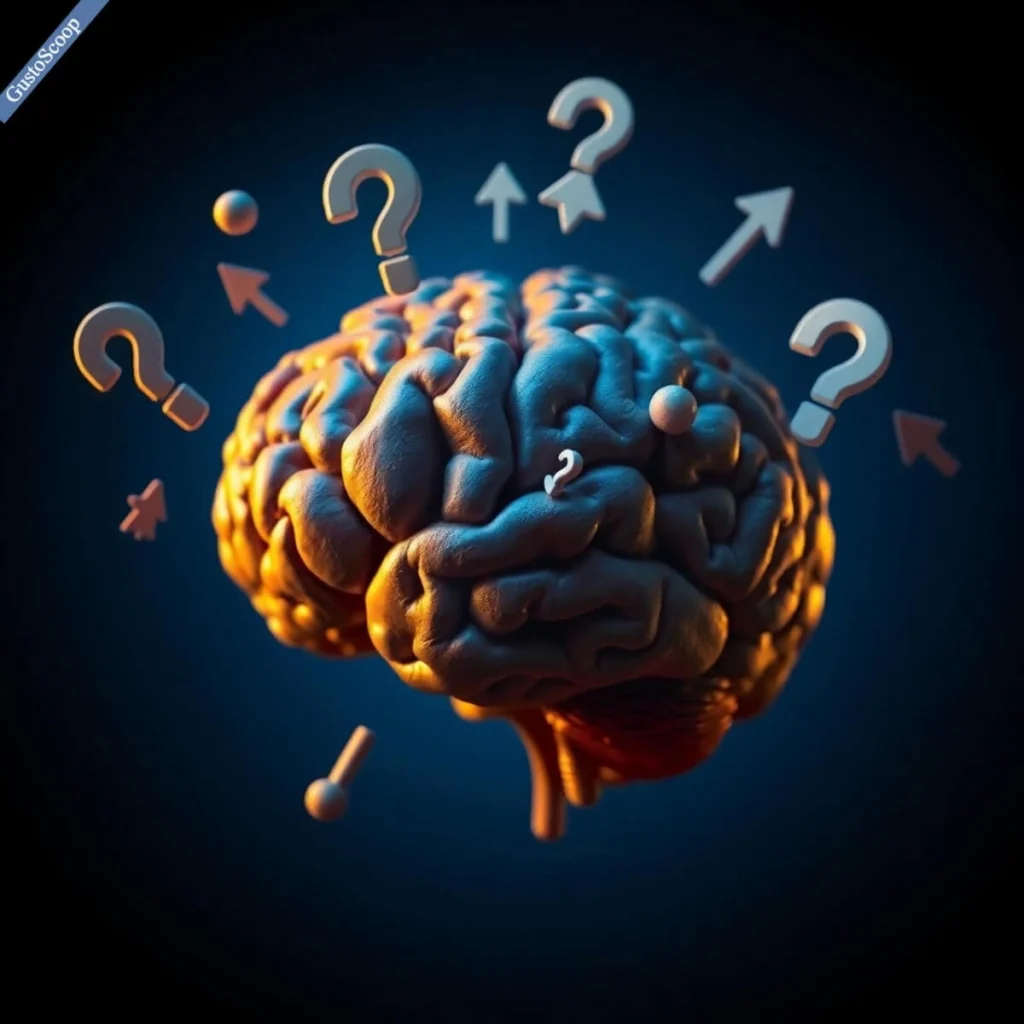
Conclusion
Your limbic system is both guardian and saboteur—a relic of evolution that can either empower or enslave you. By nurturing it with science-backed strategies, you can disarm burnout’s grip and rewire addiction’s pull. The path to emotional freedom isn’t in suppressing feelings but in understanding this primal brain region’s rhythms. Ready to reclaim your inner conductor?

